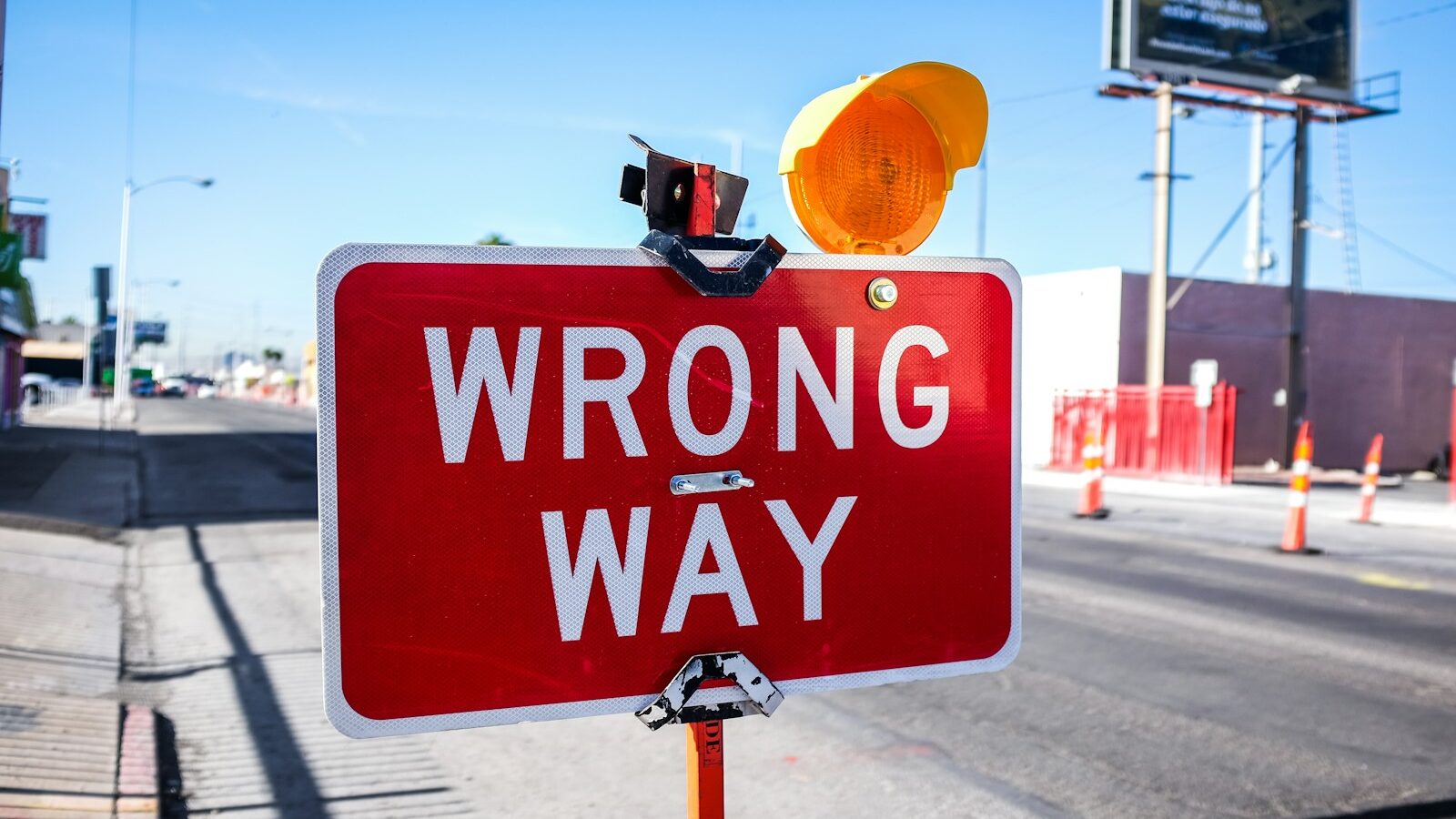Recognise This! – “Going global” with your recognition efforts is not sending certificates in English across the globe.
I’m very proud of my team. Right now, they are in the process of recording on-demand training for a global client in 20 languages. That means securing 20 native language speakers, scheduling recording sessions, and producing final training materials – for multiple audiences. And this is just the final step in a months long multi-lingual communications and training effort.
Why do I share my pride with you? Because their effort is a terrific example of what implementing a truly global strategic employee recognition effort really means. Of course, I must also give kudos to our client who, as a global organisation, always communicates everything of importance in 20 key languages across their employee population.
So when a global roll-out of strategic recognition designed to reinforce and proactively manage the company’s strong culture got on the docket, of course they would communicate and train employees on the programme in those 20 languages.
The take-away lessons here for multi-national organisations considering strategic employee recognition:
- Go global – Don’t relegate any of your employees to second class status. Launch your strategic recognition programme to all employees at once. Let them know this new approach for appreciation and praise is for all employees, regardless of location.
- In language – Little makes people feel more heard and, yes, recognised than having key messages delivered in their own language. If you’re launching a global programme, launch it right. Build excitement for the programme and train in the local language.
- In “culture” – Understand, respect and –critically – involve – employees from your various cultures. Perception of and preference for how recognition is delivered varies widely around the world (and we won’t even get into the details of how a congratulatory hand sign in the US is a terrible insult in other parts of the world). Respect these differences and involve participants early in the process
“Going global” with your recognition efforts is not sending certificates in English across the globe nor blindly shipping merchandise tens of thousands of miles only to sit in customs offices.
No, “going global” with recognition is deep, inherent cultural respect as well as appreciation for your employees everywhere. Do it right.
What additional recommendations do you have for global implementations of recognition (or any initiative directly involving and impacting all employees)?




